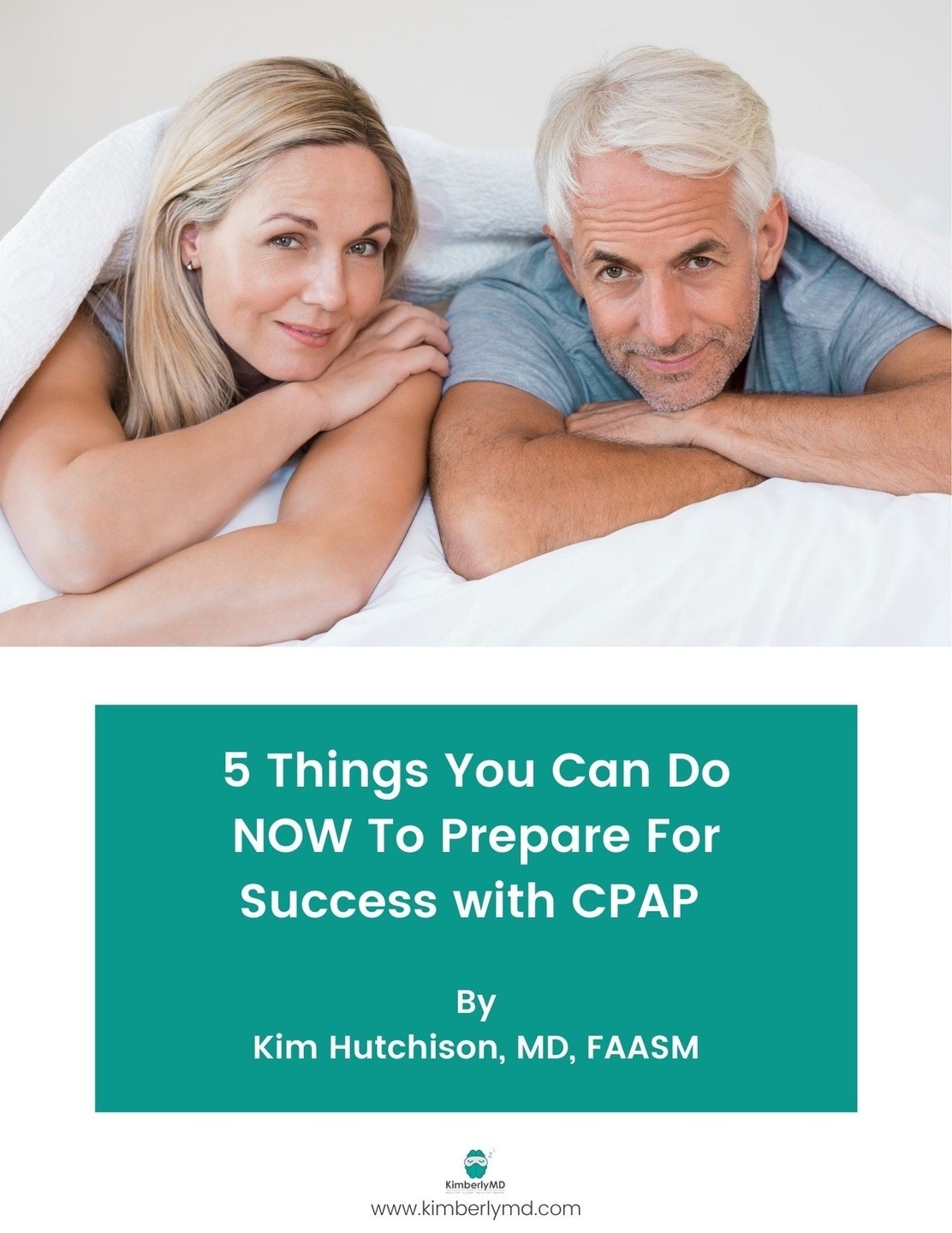Today we're going to be talking about the science of napping. So if you've ever been confused by the information out there on if you should nap or not, you're not alone because the data is really mixed. The bottom line is there are some people who should and some people who shouldn't be napping. And today I'm going to talk about who those people are and what the recommendations say. The bottom line is that if you don't have any trouble sleeping at night, short naps placed at strategic times during the day can really give you a boost to help you be more productive and in a better mood for the rest of the day.
But that doesn't mean that everybody should shut out the lights, get in bed for long periods of time in the afternoon. It isn't surprising that people might feel sleepy in the middle of the afternoon, especially after a big lunch. This is where the siestas came from. But you have to be careful and you need to be strategic about the timing because a long nap placed late in the day can actually take away from your nighttime sleep and make you wake up feeling actually more groggy. So who should and who shouldn't nap?
We'll start with who should or who could take advantage of an afternoon nap. The first person is someone who is generally getting enough sleep at night. So we don't want to replace our nighttime sleep with an afternoon nap. So if you're getting enough sleep at night for you, which is usually between seven and a half to 8 hours, then you may be a good candidate for an afternoon nap. The second person who may benefit from an afternoon nap is someone who doesn't have any trouble falling asleep or staying asleep at night.
And the third type of person who may benefit from a nap are people who find who fight significant afternoon fatigue or sleepiness. So if you fall into one of these categories, naps may be for you. And as I mentioned, just keep it between 15 and 30 minutes, usually between one and three in the afternoon, but not much after 04:00 p.m.. Set an alarm if you need to. And the last tip for nappers is to try to nap not in your bed, but maybe in a chair or on a couch.
So what if you don't fall into those categories or you have problems sleeping at night? Now I'm going to be talking about who shouldn't nap. So the primary person who shouldn't nap is someone who has insomnia. This would be people that have problems falling asleep at night or problems staying asleep during the night, wake up, can't go back to sleep. These people should not nap during the day.
And this is because when you do nap it takes away from something called sleep pressure which along with your circadian rhythm helps to control when you feel sleepy and your ability to sleep. So if you nap during the day, then that's going to take away from your drive to sleep at night and you may find it more difficult to fall asleep, or you may find yourself waking up in the afternoon and waking up in the middle of the night and being unable to return to sleep. If by chance you have a bad night one night and you're up for hours during the night, the key is to not nap the next day because what this will do will build up your sleep pressure so that you're more likely to fall asleep the next night. If you find that you're fighting fatigue and you're really sleepy when you haven't slept well at night or you have insomnia instead of napping, change your posture, get up, go for a brisk walk, expose yourself to sunlight. Do something else that will help you to be more alert in the afternoon, to just push through that natural afternoon dip.
So I hope you've learned something about napping today. I will look forward to seeing you next week.
So, just to reiterate, and for those of you that are CPAP wearers and you want a nap, I would recommend wearing your CPAP mask if you can during your naps. However, if you're just taking a quick snooze on the couch or in the chair, leave your CPAP in your bedroom and enjoy. Thanks for tuning in today. I look forward to seeing you back next week where I will answer all of your questions about sleep.



